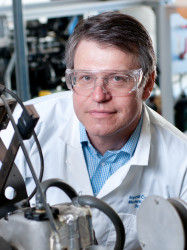BibTex format
@article{Hardalupas:2017:10.1177/1468087416672511,
author = {Hardalupas, Y and Hong, C and Keramiotis, C and Ramaswamy, KG and Soulopoulos, N and Taylor, AMKP and Touloupis, D and Vourliotakis, G and Founti, MA},
doi = {10.1177/1468087416672511},
journal = {International Journal of Engine Research},
pages = {400--411},
title = {An investigation of the effect of post-injection schemes on soot reduction potential using optical diagnostics in a single-cylinder optical diesel engine},
url = {http://dx.doi.org/10.1177/1468087416672511},
volume = {18},
year = {2017}
}

